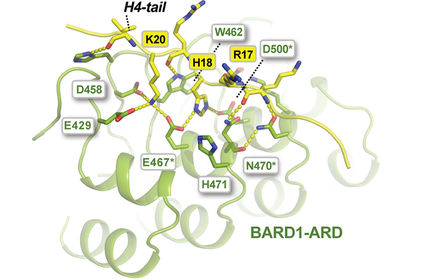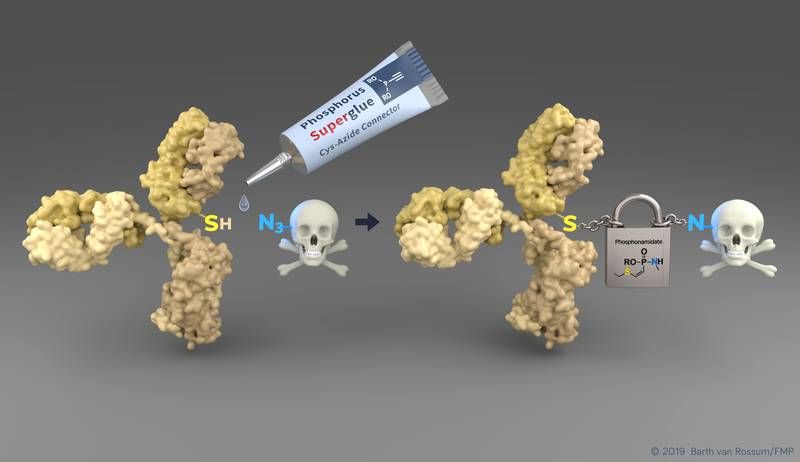Nanoscale microscope sheds first light on gene repair
Advertisement
proteins called H2AX act as "first aid" to DNA, among other roles. For the first time, scientists using the, according to The Jackson Laboratory, world's most powerful light microscope have seen how H2AX is distributed in the cell nucleus: in clusters, directing the first-aid repair after DNA injuries to the region where it's really needed. Generally light microscopy has limited resolution. By manipulating how light waves behave, however, biophysicists are expanding the limits of light microscopy, and one of the latest advances - the 4Pi microscope - provides never-before-seen views of cellular components, including structures within the nucleus.
In a paper published in the Proceedings of the National Academy of Sciences, Joerg Bewersdorf of the Institute for Molecular Biophysics at The Jackson Laboratory, with collaborators Brian Bennett of the UMass Medical School and Leica Microsystems and Kendall Knight of the UMass Medical School, used the 4Pi microscope to examine the cellular response to a type of severe damage to the genetic material, DNA double-strand breaks. Such breaks provoke a rapid and highly coordinated series of events to identify and repair the damage.
Traditional microbiological and genetics techniques can shed light on the molecular pathways of repair, but they don't address the astonishingly complex three-dimensional structure of the genetic material in the nucleus. 4Pi microscopy allows researchers to actually see the response in three dimensions, at resolutions down to 100 nm. Therefore, the role of the physical structures in various processes within the nucleus can now be visualized.
Bewersdorf, Bennett and Knight examined a protein called H2AX, a kind of histone. Histones are structural proteins that act as spools around which DNA is wound, and they can also play roles in gene regulation and gene repair. H2AX is an early responder to DNA damage, and its change to what is known as gamma-H2AX is important for the coordination of signaling and repair activities. But it had not been known how H2AX is distributed throughout the nucleus or why its conversion to gamma-H2AX is limited to within a short distance of a break site. By using selective staining techniques and 4Pi visualization, Bewersdorf and colleagues determined that H2AX is distributed in distinct clusters uniformly throughout the nucleus and that the structure of these clusters may determine the boundaries of where gamma-H2AX spreads in response to a break.



























































